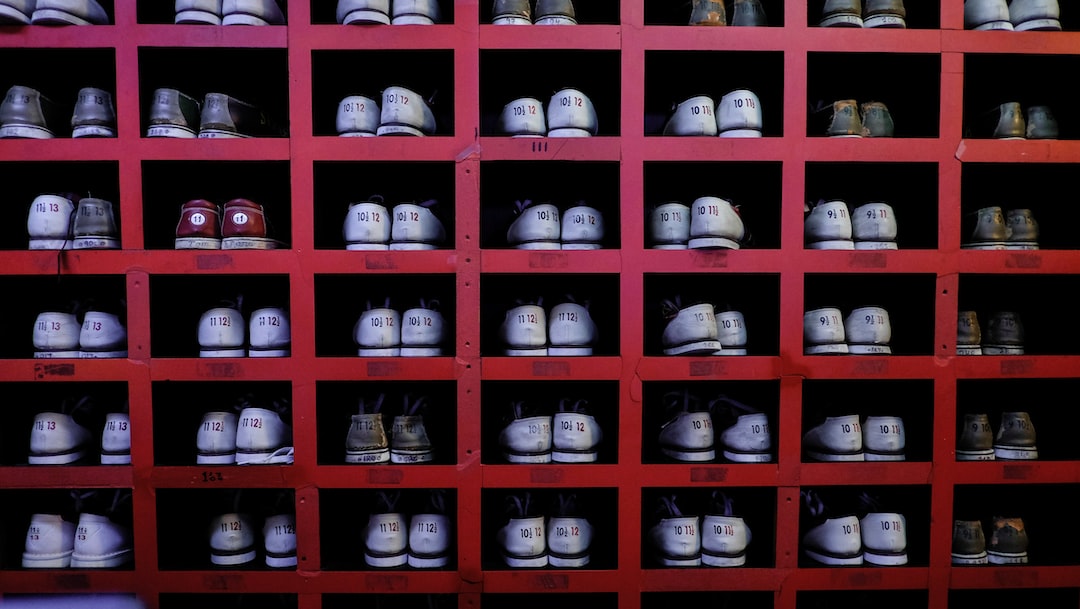Coin collecting, also known as numismatics, is a fascinating hobby enjoyed by millions of people around the world. The allure of gathering and studying rare and historic coins provides enthusiasts with a deep appreciation for art, history, and the inherent value of precious metals. In this blog post, we will delve into the history of coin collecting, explore how coins are valued, and discuss proper storage techniques.
1. History of Coin Collecting
The origins of coin collecting can be traced back thousands of years. Ancient rulers, such as Julius Caesar and Augustus, were known to have collected coins for their historical significance. However, it wasn’t until the Renaissance period in the 15th century that coin collecting became a popular pastime among European royalty and nobility.
During this time, Italian scholars and collectors, such as Petrarch and Cosimo de’ Medici, began to assemble vast collections of ancient coins. Their passion for collecting sparked an interest in numismatics that spread throughout Europe. By the 19th century, coin collecting had become a widespread hobby and was no longer limited to the elite.
2. Valuation of Coins
Determining the value of a coin is a complex process that takes into account various factors such as rarity, condition, historical significance, and demand. The most valuable coins are typically those that are rare or have a significant historical background.
Rarity plays a crucial role in determining a coin’s value. Coins that were minted in limited quantities or have been lost to the annals of time tend to be highly sought after by collectors. Condition also plays a vital role. Coins in good, uncirculated condition are valued higher than those that are worn or damaged.
The historical significance of a coin can significantly impact its value. For instance, a coin from a particular period, such as the Roman Empire or the American Revolutionary War, holds immense historical appeal to collectors and can fetch a higher price. Demand is another factor that drives up the value of a coin. If a coin is highly desired by collectors or there is a limited supply, the price can skyrocket.
3. Proper Storage Techniques
Proper storage of coins is essential to preserve their value and protect them from damage. Exposure to elements such as air, moisture, and sunlight can cause corrosion and tarnish, which can diminish a coin’s value.
One of the most popular methods of storage is in coin albums or folders. These provide individual slots for each coin, allowing for easy organization and protection. Coin capsules, made from materials such as PVC-free plastic or acrylic, are ideal for storing individual coins. They provide an airtight seal, protecting the coins from air and moisture.
For long-term storage, it is recommended to use coin holders made from inert materials such as Mylar or polyethylene. These holders are sealed and can be used to store coins in a cool, dark place such as a safe or safe deposit box. It is important to avoid handling coins directly with bare hands, as the oils and acids from our skin can cause damage. Instead, use gloves or hold the coins by their edges when necessary.
In conclusion, coin collecting is a captivating hobby that allows enthusiasts to explore art, history, and the tangible value of precious metals. Understanding the history of coin collecting, the valuation process, and proper storage techniques is essential for any budding collector. So, whether you are just starting or have been collecting for years, remember to embrace the beauty and significance that coins hold, and enjoy the journey of discovery that numismatics offers.

